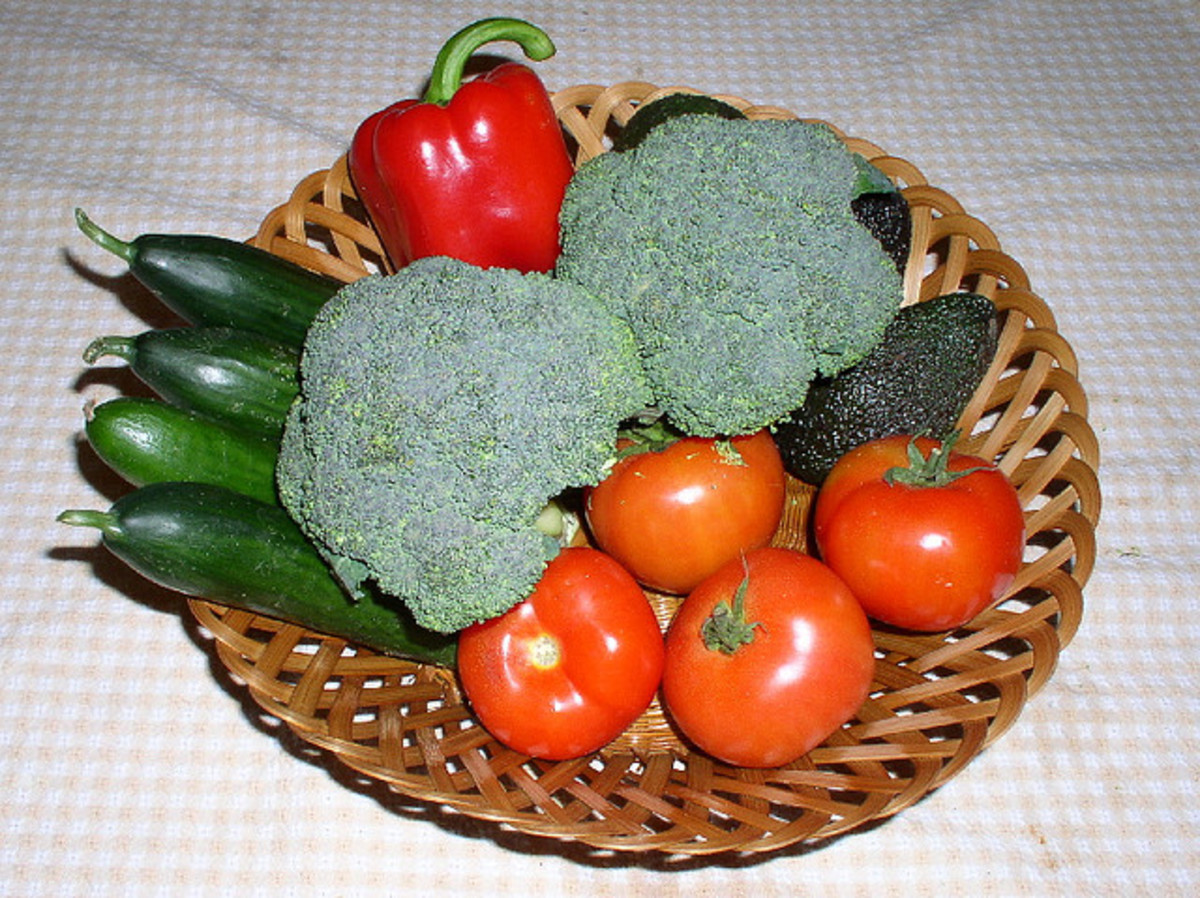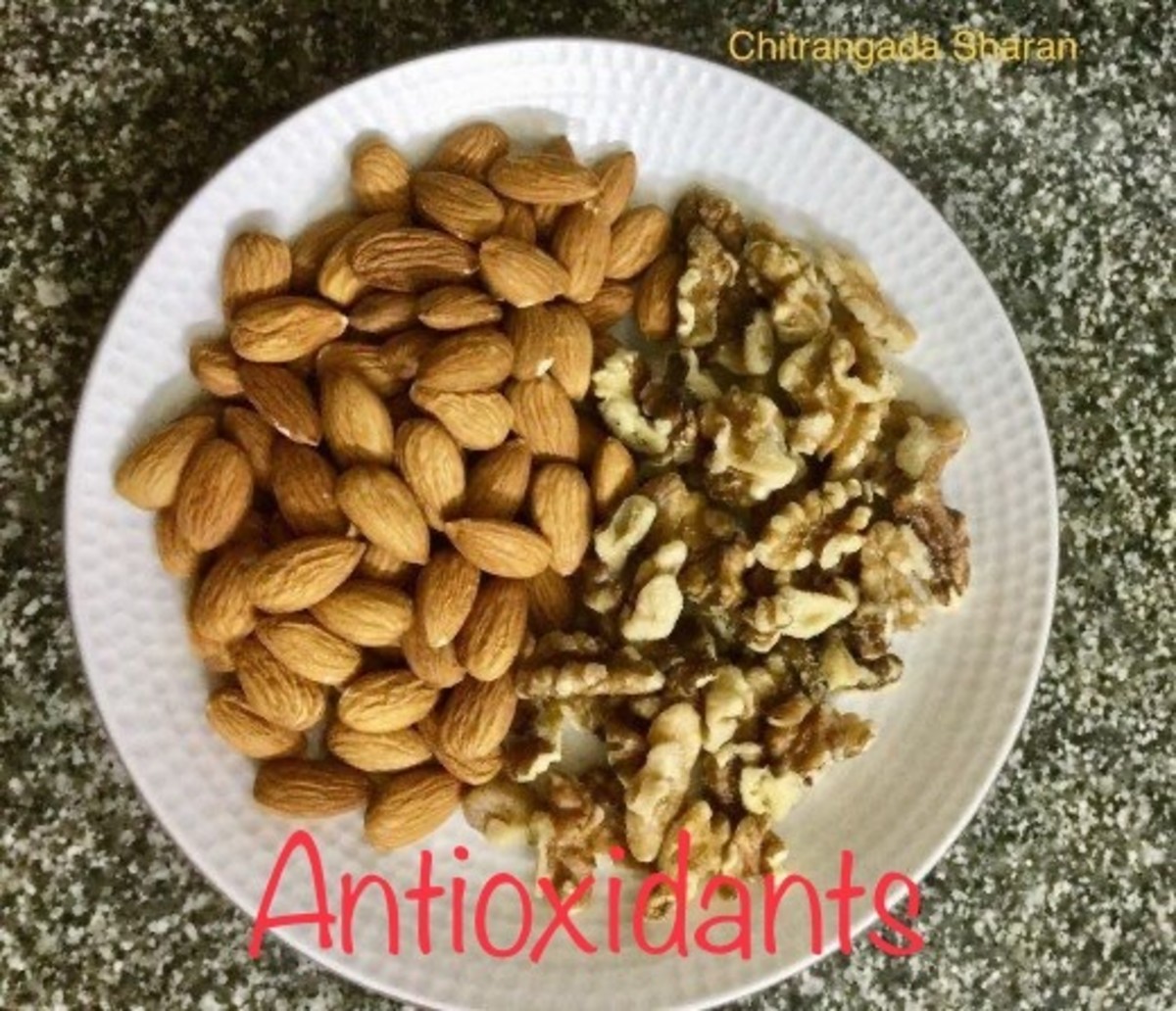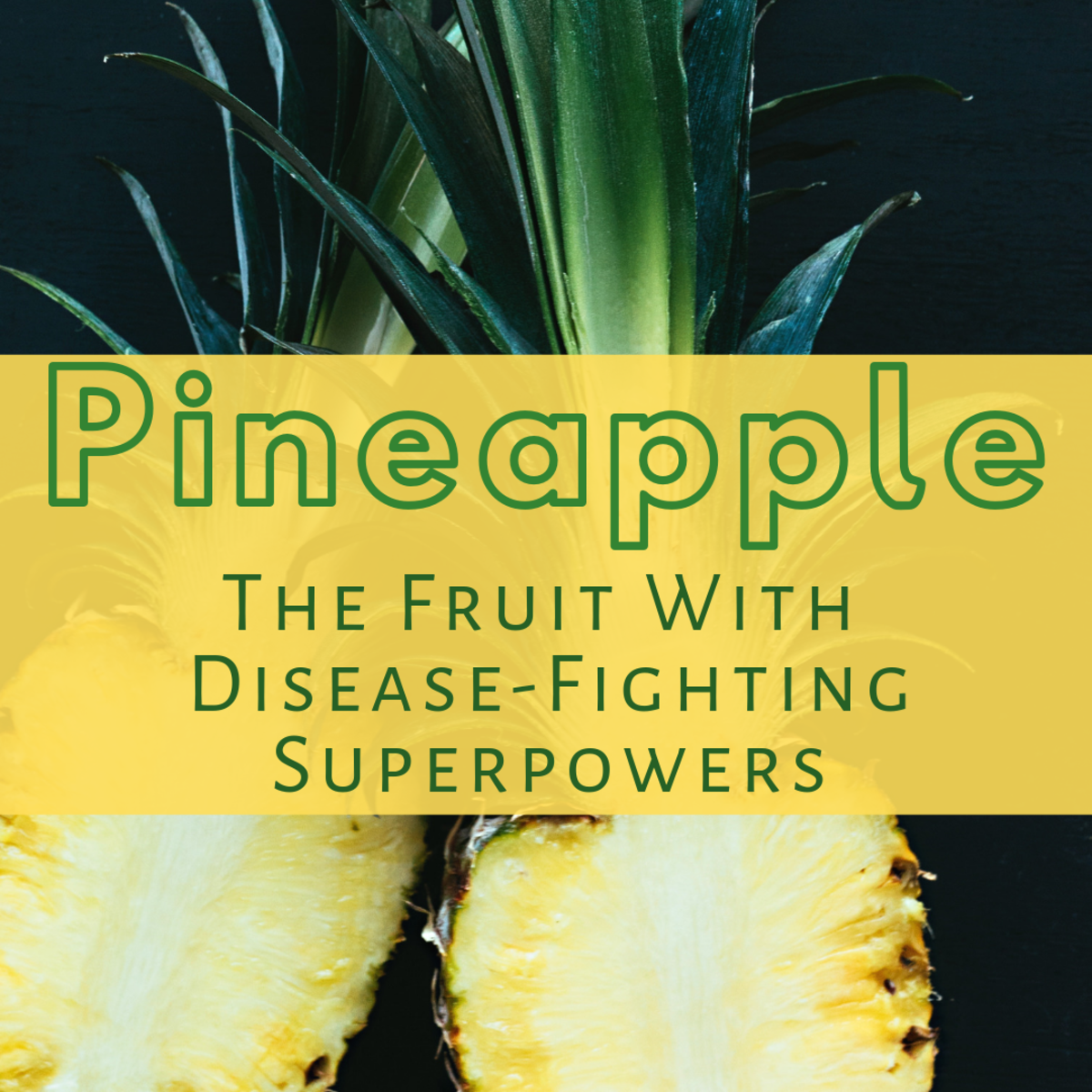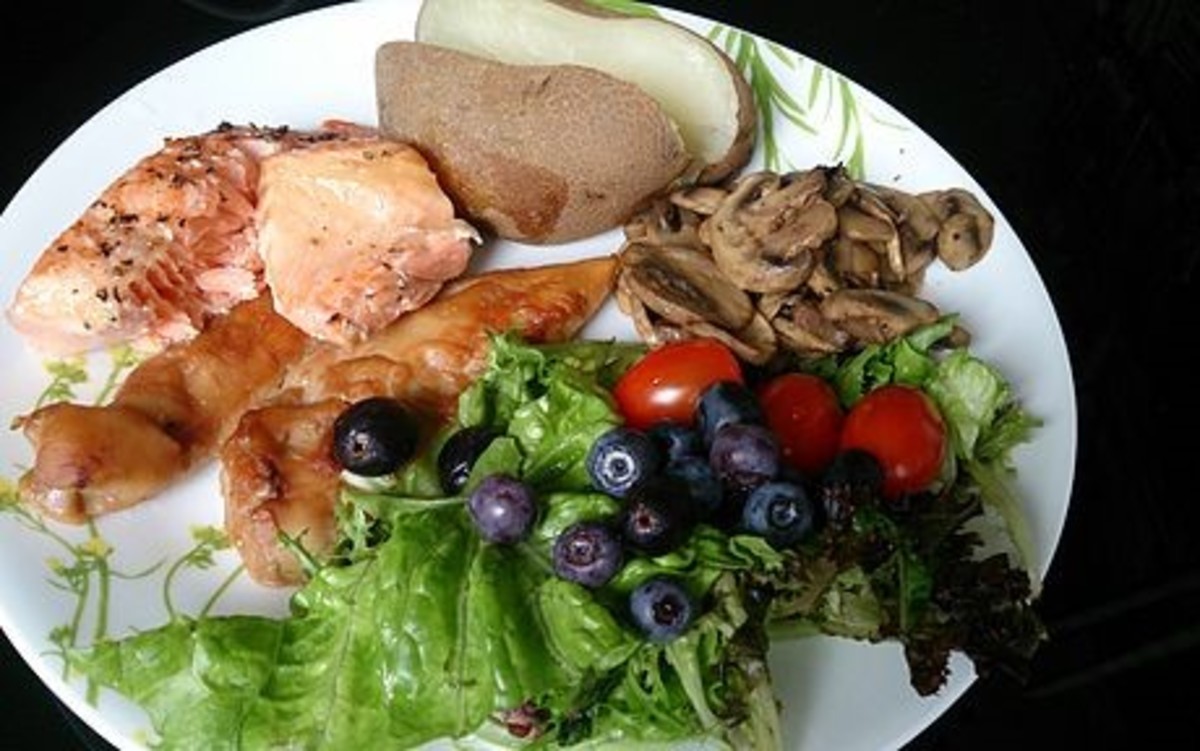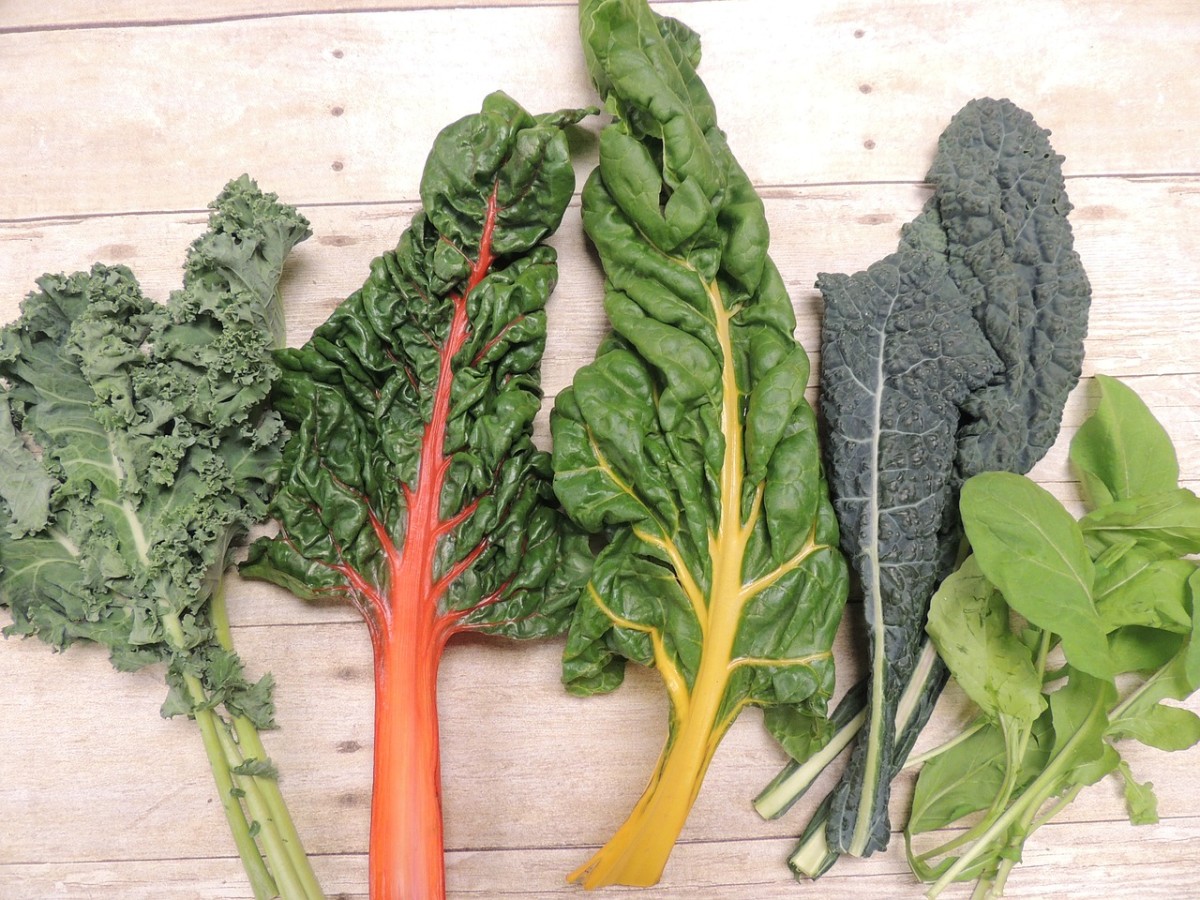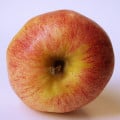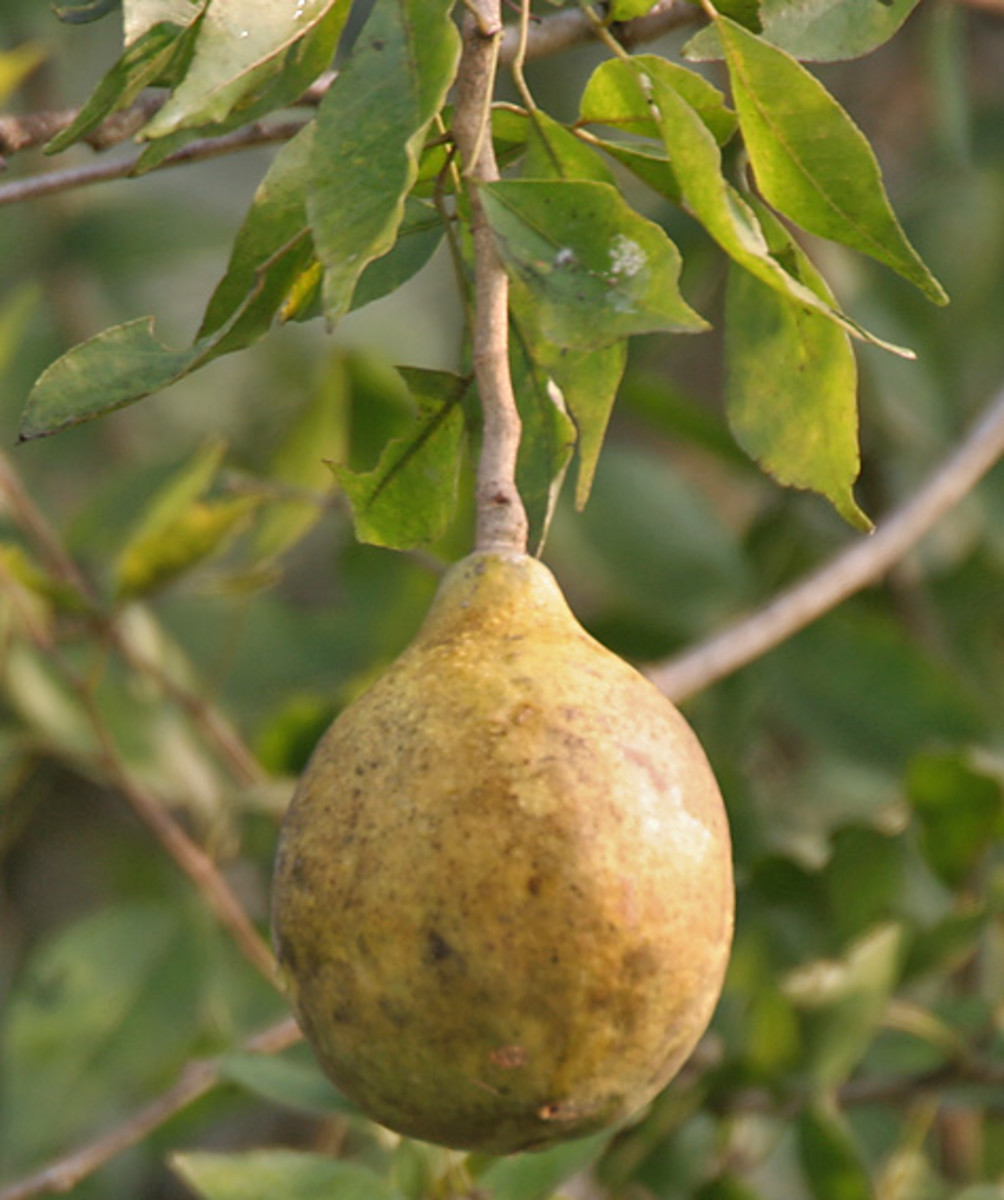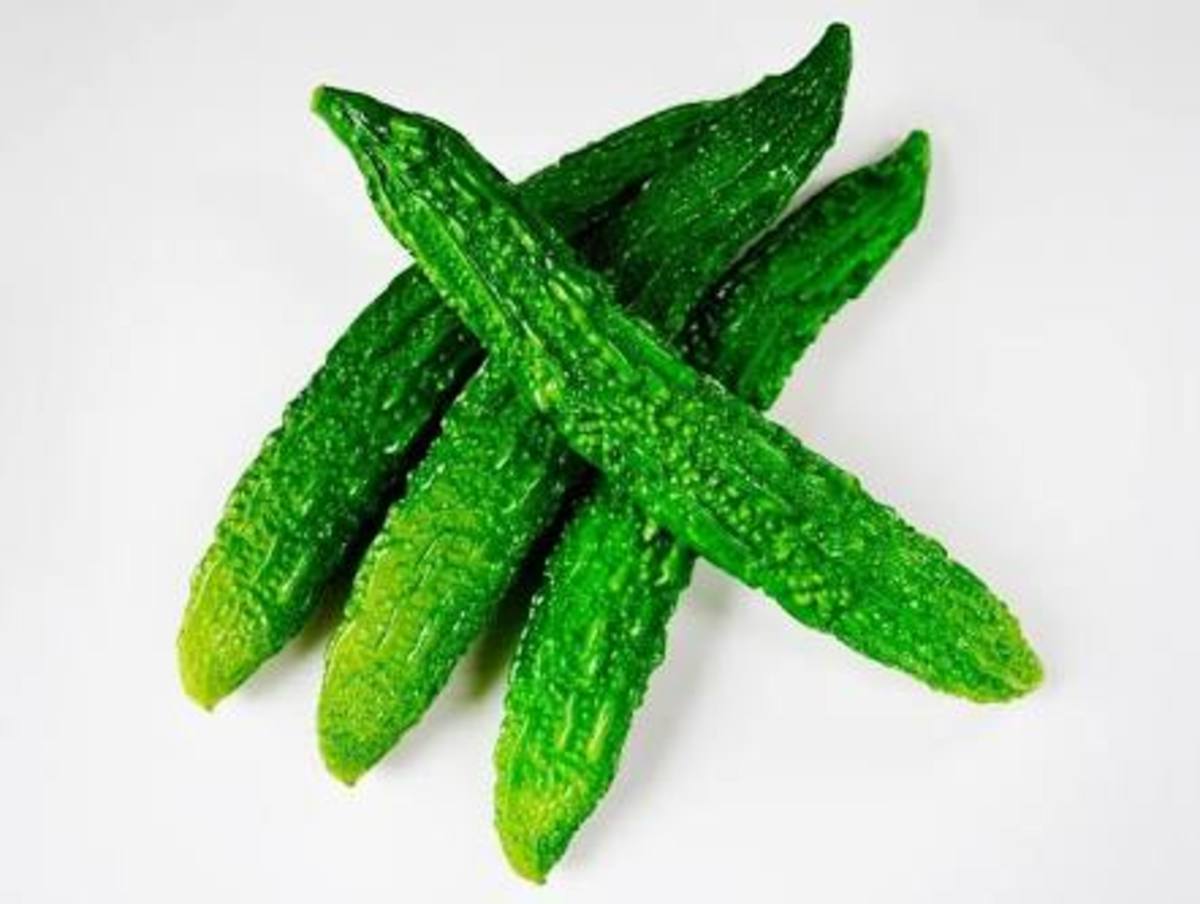Food For Life: The Healing Power of Food
Nutritional Pyramid
![By Spmallare (Own work) [CC BY 3.0 (http://creativecommons.org/licenses/by/3.0)], via Wikimedia Commons By Spmallare (Own work) [CC BY 3.0 (http://creativecommons.org/licenses/by/3.0)], via Wikimedia Commons](https://usercontent1.hubstatic.com/12548704.png)
The Complete Meditarrean Diet
What Are Phytonutrients?
"You are what you eat" is a précis and much used quote of French physician Anthelme Brillat-Savarin who wrote in 1826, Dis-moi ce que tu manges, je te dirai ce que tu es. "Tell me what you eat, and I will tell you what you are." Indeed the science of food nutrition has come a long was since the days of M. Brillat-Savarin.
We know a lot more about the beneficial importance foods from all the scientific studies that have been carried out since World War II, we also have a greater understanding about how various foods work synergistically to promote good health.
There are a number of essential vitamins, minerals, amino acids, essential fatty acids and over 1,200 phytonutrients in fruit, vegetables, legumes, grains and animal products that we need to consume in our diets on a regular basis.
You may be aware what vitamins and minerals are, but what are amino or essential fatty acids are let alone phytonutrients? 'Phyto' is the Greek word for plant, phytonutrients therefore means plant nutrients; these are non-essential bio-active compounds in plants that are rich in colour and flavour, which although not vital do support good health and nutrition in a number of ways. Take antioxidants for example, they protect the body from the unstable molecules, free radicals, produced through metabolic processing and exposure to pollution. Free radicals cause disease by attacking and damaging vital tissues and organs.
The various fruit and vegetables rich in Phytonutrients antioxidants are grouped according to their main molecular compounds such as Luteins, Indoles, Carotenes, Xanthophylls, Lycopene, red and blue Anthocyannis, Allyl sulphides and Anthoxanthins.
Why Phytonutrients?
The Protective Power of Rainbow Phytonutrients
Chlorophyll is found in all leafy green vegetables, in fact it is chlorophyll that gives the plants and leaves the colour green. One of the main antioxidant benefits of chlorophyll is to detoxify the systems. Eating a chlorophyll based diet builds up your red blood cells and collagen as well as boosting your energy and general well being.
Lutein is called a carotenoid vitamin, and as such it is related to beta-carotene and vitamin A. Foods rich in Lutein include Kale, Collard, Greens, Cucumber, Courgette (Zucchini), Peas, Avocado, Asparagus and Green Beans, Broccoli, Spinach, Kiwi fruit, Grapes, Corn, Orange peppers, Orange juice and Squashes. Lutein is best consumed synergistically in a fatty meal for the absorption.
Indoles are part of Cruciferous vegetables of the genus Brassica. They include the following vegetables Brussels sprouts, Broccoli, Bok Choi, Cabbage and Radishes, Horseradish, Arugula, Rutabaga, Collard Greens, Cauliflower and Wasabi. There is a lot of research literature that supports Indoles having anti-cancer, antioxidant and anti-atherogenic properties.
Carotenes are the source of Vitamin A that has anti-cancer and heart protective properties. The fruit and vegetables rich in carotenes (including alpha, beta and delta-carotene) tend to be yellow or orange in colour include orange and yellow peppers, winter squashes, carrots, apricots, mangoes, oranges and grapefruit.
Another phytonutrient rich in vitamin A is Xanthophylls, which has similar anti-cancer properties, protection for eyes, brain and strengthens the immune system. You'll find it in red-fleshed fish like Salmon, eggs, most orange and yellow fruit and vegetables.
The phytonutrient Lycopene protects against heart disease, prostate cancer and macular degeneration. It is found in fresh and cooked tomatoes, watermelon, goji fruit, papaya and rosehips.
You can also reduce the risk of cancer and heart disease by adding red, blue or purple anthocyanin in your diet, as well as neurodegenerative diseases by eating more cranberries, strawberries, raspberries, cherries, blueberries, aubergine, red cabbage, grape juice and red wine.
Resveratrol is found in cocoa, mulberries, grapes and red wine. It also has antioxidants that prevent or fight cancer as well as help to balance hormones.
Allyl sulphides and anthoxanthins, boost immune system, have anti-cancer and anti-inflammatory properties and help to lower blood pressure. Allyl sulphides include onions, garlic, scallions, and chives. Fruit and veg with Anthoxanthins include Bananas, cauliflowers, mushrooms, onions, parsnips, potatoes, garlic, ginger and turnips.
Your Daily Fruit & Vegetable Intake
How much fruit and vegetables do you eat a day
Different Dietary Patterns Around The World
Before the advent of globalisation the different types of food available in local show largely depended on what was available seasonally. In Britain, ever since the early 1990s we have had produce from around the world, such that if you fancy strawberries in say November, you'll be able to buy them at a still reasonable cost, where ten years earlier not only would it have been difficult to get your hands on them, they would have cost a pretty penny too.
The long and short of what I saying is that depending on where in the world your are when reading this article, the chances are if your in the northern hemisphere or in any of the English speaking countries your diet will not be restricted to locally grown fruit and veg. That said, there is a lot that can be learnt, adopted or adapted from different cultures that have had to adapt their dietary needs from widely varied environments.
The Traditional Inuit Diet
Take the Inuit peoples of the Arctic traditionally they have very little access to cereals, fresh fruit and vegetables, they have however in their lifestyle and in the way they hunt and eat a mainly fish and meat based diet that meets their nutritional requirements. Paradoxically enough the vitamins and minerals derived from plants in other areas of the world are also present in most Inuit diets. Vitamin A and D, for example, are present in the oil and liver of cold-water fishes and mammals, while vitamin C is present in Caribou liver, kelp, whale skin and seal offal. It would be very strange indeed to come across and indigenous vegan Inuit born, bred and living in the Arctic.
The Traditional Japanese Diet
The traditional Japanese diet is rich in fat-soluble vitamins like vitamin A, D, E and K, derived mainly from fish, seafood and offal. The diet also contains a lot of beneficial lacto-fermented foods like tempeh and miso.
The Japanese people to still follow a traditional diet tend to be some of the healthiest, least obese and long-lived people in the world.
The Traditional Mediterranean (Med) Diet
Another traditional diet that has received public acclaim in recent years is the Mediterranean diet. It's not really a diet rather than a lifestyle way of eating that includes fresh vegetable, whole grains, olive oil, fish, meat and red wine. The main distinguishing factor in the Med diet is that the ingredient have to be fresh and if at all possible locally sourced, that way you know how your food was grown and in what conditions.
The Med diet has been shown to offer substantial protection against Heart Disease, Cancer, Parkinson and Alzhiemer's Disease.
The Traditional Paleolithic Diet
The caveman or hunter or gatherer diet is the modern diet craze. This modern nutritional plan is based on an ancient diet of wild plants and meat that early humans of the Paleolithic era, a period of around 2.5 million years that ended about 10,000 years ago with the development of agriculture.
The early humans of the Paleolithic were mainly foragers, they grazed opportunistically on available fruits and plants. The hunter gatherer's diet is not too different from our currently available produce such as fish, grass-fed and pasture-fed meat, vegetables, fruit, fungi, roots and nuts, but it largely excluded legumes, dairy produce, grains, salt, refined sugar, processed oils which defined the western diet.


